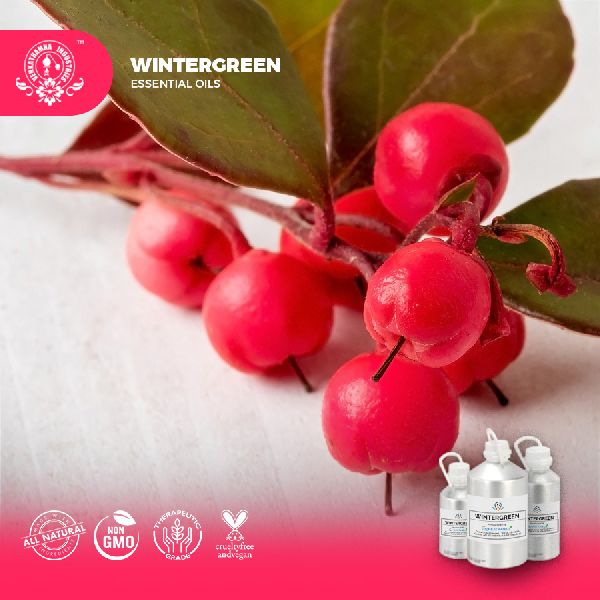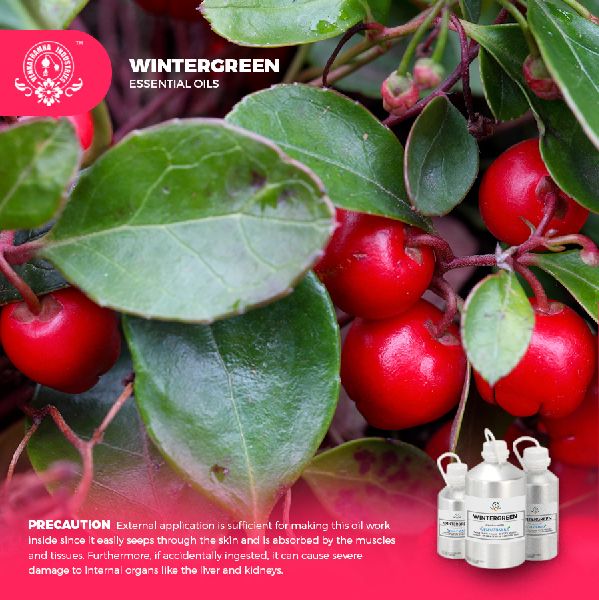Company Information
Ask for more detail from the seller
Contact SupplierGaultheria procumbens L. (eastern teaberry, checkerberry, American wintergreen, Ericaceae) is a small, low-growing, evergreen shrub native to northeastern North America and widely cultivated all through the Northern Hemisphere due to its ornamental and medicinal value. The most used plant organs of G. procumbens are the leaves, traditionally valued as anti-inflammatory and analgesic agents as well as a source of wintergreen essential oil. Methyl salicylate, constituting over 95% of the essential oil, and its glycosidic precursor—gaultherin—are the main representatives of salicylates, so far considered as the primary active constituents of Gaultheria plants. However, plant extracts are usually multi-component and their activity is rarely due to one, single constituent.
Gaultheria procumbens, also called teaberry and checkerberry, has many short erect branches with short-stalked, thick, shining tooth-edged leaves in the upper part. Flowers hang singly from the leaf axils and have a pale pink, waxy-looking, urn-shaped corolla. The bright red berrylike fruits, sometimes called deerberries, consist of the much-enlarged fleshy calyx, which surrounds the small many-seeded capsule. The plant is a native of shady woods on sandy soil, particularly in the mountainous areas of the northern United States and southern Canada; it is hardy in England. Mountain tea, an infusion of wintergreen leaves, has been used in some parts of North America as a beverage.




